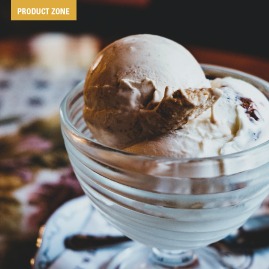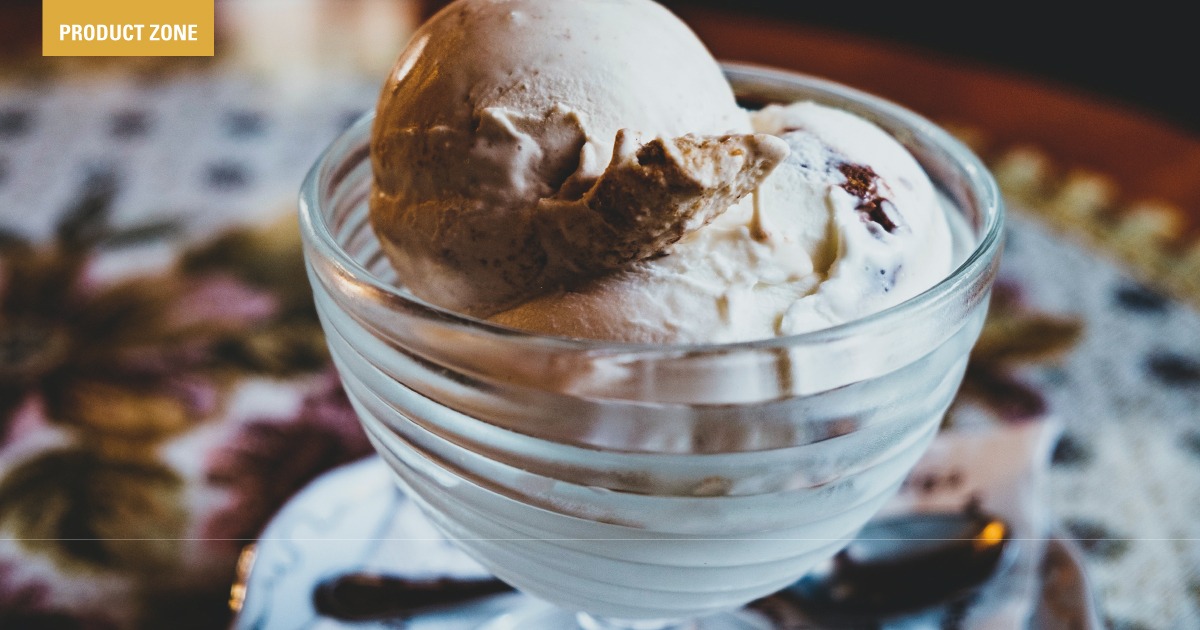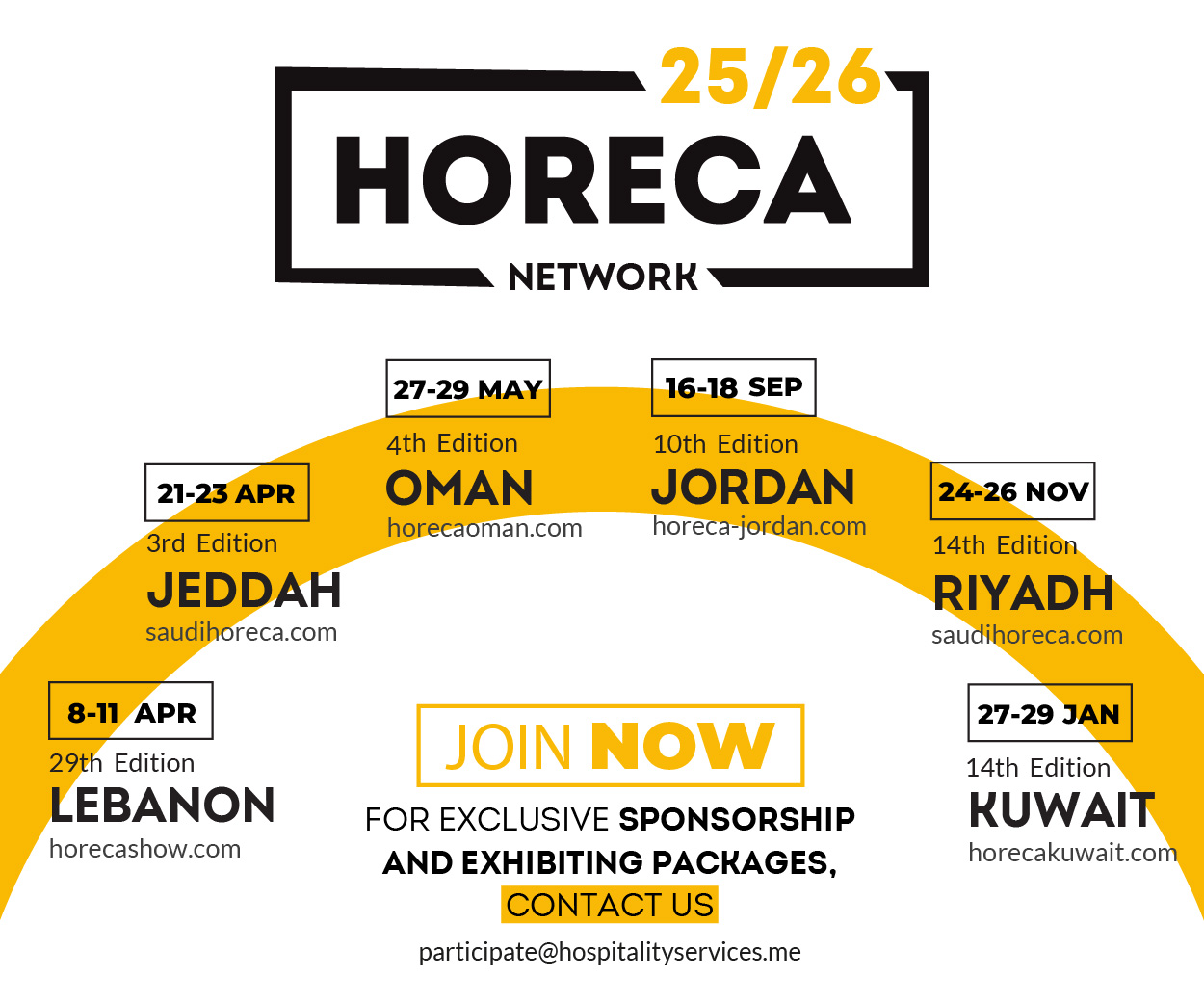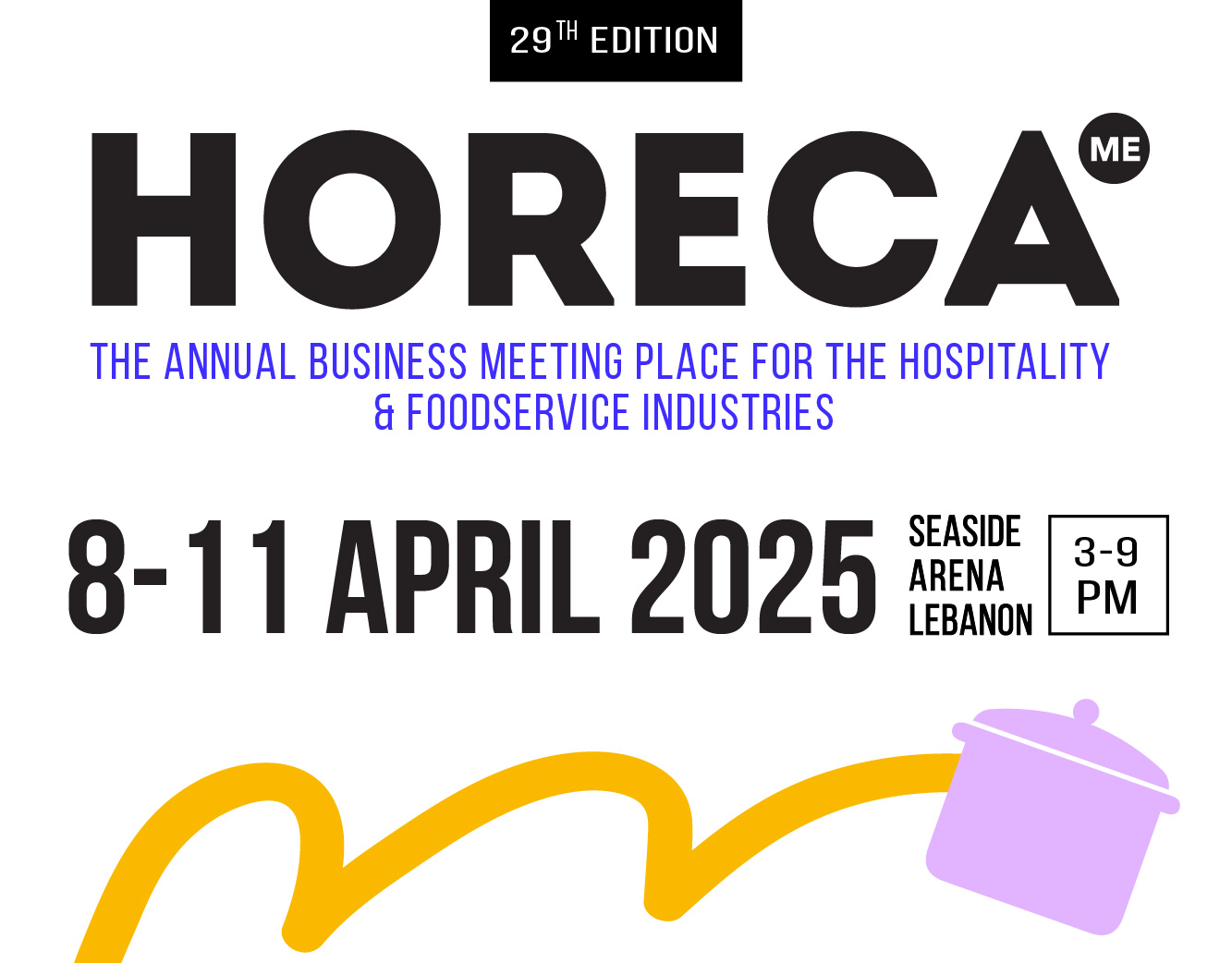Loved by children and adults everywhere, the ice-cream industry is experiencing substantial growth, with a projected CAGR of 8% from 2019 to 2024 and a market forecasted to exceed USD 91 billion in 2024. Chirine Salha, senior consultant, takes a closer look at how brands are catering to increasingly sophisticated palates.


Ice cream and gelato has been enjoyed by generations. Premium brands such as Magnum, Häagen-Dazs, Baskin Robbins, Walls, Cornetto and Ben & Jerry’s were once considered the ice creams of choice. Today, they no longer remain peerless and face the challenge of keeping up with the young, modern consumer.
So, how are ice-cream brands catering to these new tastes?
Sensory Simulation
Ice cream is one of the most photographed foods and has a great deal of visual appeal. No matter how good the product is, if it does not capture the attention of the millennial audience with a picture-perfect, Instagram-worthy identity, it is doomed to fail. Adapting to this new perception of luxury has led Häagen-Dazs to look to the likes of Airbnb for guidance on how to attract this hard-to-reach demographic. LA-based newcomer Halo Top, which specializes in healthy ice cream, has shunned traditional media in favor of digital channels to generate awareness, using fitness influencers to promote the brand.
Health and Functionality
The millennial demographic is driving the projected growth of behavioral eating. Traditional ice-cream products are being edged out by low-calorie varieties, Keto diet, vegan/plant-based swaps, lactose and gluten-free varieties, and high-protein choices. Mainstream brands such as Ben & Jerry’s, Breyers, Halo Top and Häagen-Dazs have introduced dairy-free ice cream lines to capitalize on the growing vegan ice-cream industry, adding ingredients like chicory root, guar gum and acacia gum to retain a creamy texture.
Ben & Jerry’s’ “Moo-phoria” range can now be found alongside healthy ice-cream maker Halo Top. Unilever, who owns premium brands like Talenti, Breyers, Magnum, Cornetto, Vienneta and Ben & Jerry’s, has also launched Culture Republik, a “better for you” alternative that includes the functionality of probiotic cultures. High-protein ice cream Pronto Light Ice Cream, has successfully positioned itself as a protein-boosting snack to be enjoyed after the gym. Choco whey and acai banana are just a couple of the flavors available.
By hiding functional foods such as probiotic or protein in ice cream, consumers can improve their gut health, immunity and protein intake. This niche market can easily grow to cater to an older population that has difficulty chewing solid foods.
Out with the old, in with the new variants
While vanilla has reigned as the world’s number one ice cream due to its versatility, other flavors like chocolate and all its variations — chocolate chip, chocolate fudge, mint chocolate, etc. — and strawberry will always be popular.
However, innovative flavors are gaining traction. “The speed with which we launch new ice-cream products is increasingly like a fast fashion brand,” Häagen-Dazs’ CEO said. Consumers love limited-edition, must-try experiences, and last year, the ice-cream maker introduced special flavors including cherry blossom, lavender and blueberry, and jasmine and orange blossom to engage millennials.
Successful cases of branding
In the 1990s, Häagen-Dazs was known for its seductive black and white adverts, using only good-looking, real-life couples for sensuality. The brand effectively positioned itself as an ice cream for adults. Today, with the aim of being more attainable, the iconic Häagen-Dazs logo has been revamped from a two-color black and gold version to a monochrome burgundy one. For its limited-edition flavors, the ice-cream maker has collaborated with UK floral textile designer Kitty McCall to create bold, standout products to separate the limited-edition items from the core range.
“Save the bowl — you’re going to want the whole pint” is Halo Top’s famous slogan. The brand faced the challenge of standing out with many of its diet ice-cream competitors gaining market share. It needed to be instantly recognizable and youthful, with its positive health benefits taking center stage. The result was a gold lid, allowing consumers to quickly see the number of calories in each pint (under 300).

Chirine Salha
Senior Consultant













